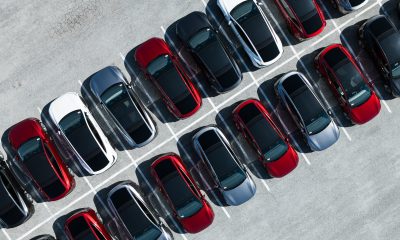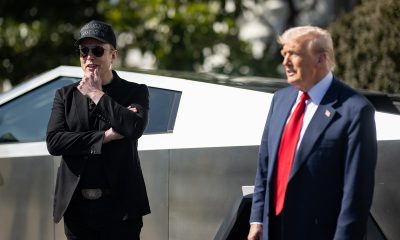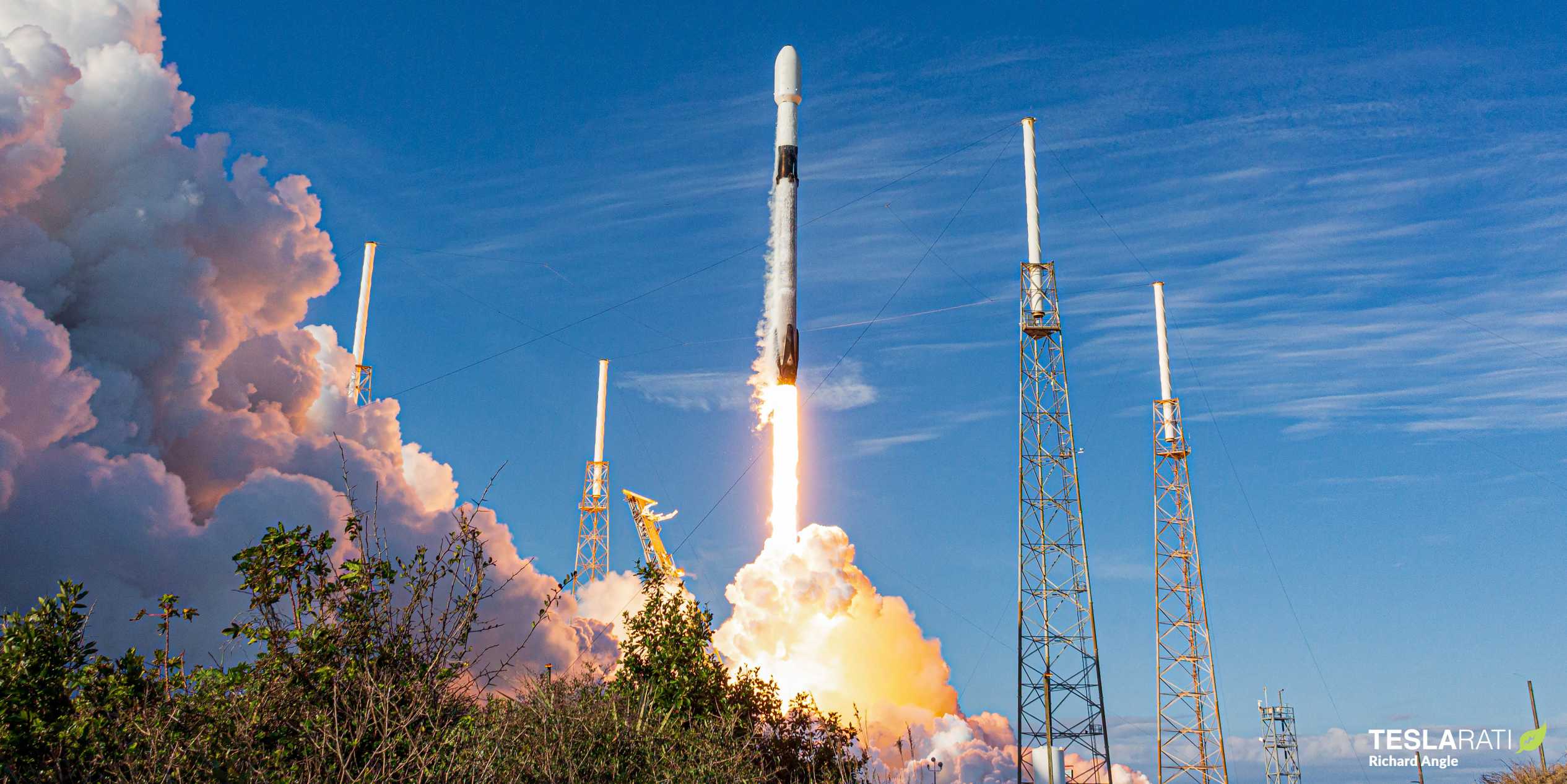

News
SpaceX's workhorse Falcon 9 rocket expected to reach major launch milestone in 2020
Hours after SpaceX launched its 240th new Starlink satellite into orbit, Elon Musk took to Twitter to cryptically reveal that the company’s workhorse Falcon 9 rocket could “reach triple digits this year” if everything goes according to plan.
Designed and built by SpaceX in the late 2000s, the Falcon 9 rocket launched for the first time in June 2010. Developed for the unfathomably low price of $300 million from clean-sheet design to first orbital launch, the original single-core Falcon 9 rocket – known as V1.0 – was about 48m (160 ft) tall, weighed 333 metric tons (735,000 lb) fully fueled, and was capable of launching almost 10.5 metric tons (23,000 lb) into low Earth orbit (LEO). Famously, when provided with Falcon 9’s basic specifications and characteristics, an independent NASA study estimated that the rocket’s development would have cost the agency anywhere from $1.7 billion to $4 billion to design and build.
NASA came to this conclusion in 2011, less than a year after Falcon 9’s first launch, and that the disconnect between the status quo held by NASA and the broader US spaceflight industry and what SpaceX tangibly achieved came to almost perfectly symbolize the rocket’s first six or so years of operations. Although SpaceX stumbled hard with two catastrophic rocket failures in June 2015 and September 2016, the company ultimately picked itself up, learned from those still-agonizing lessons, and has since shaped Falcon 9 into one of the most capable, reliable, reusable, and prolific launch vehicles ever flown. That latter characteristic – the sheer volume of launches Falcon 9 has come to represent – is what CEO Elon Musk was referring to earlier this week.
Specifically, after Wednesday’s flawless launch, Falcon 9 has now launched 80 times in its 9.5-year career, while Starlink V1 L3 marked the workhorse rocket’s 52nd consecutive success of 79 total. Impressively, while those 52 launches represent almost 65% of all of Falcon 9’s missions, SpaceX has dramatically improved the rocket’s reliability and availability over the last few years. In short, Falcon 9 has completed 52 consecutively successful launches in exactly 36 months (January 2017 to January 2020), meaning that nearly two-thirds of its lifetime launches have occurred in less than a third of the time Falcon 9 has been operational.
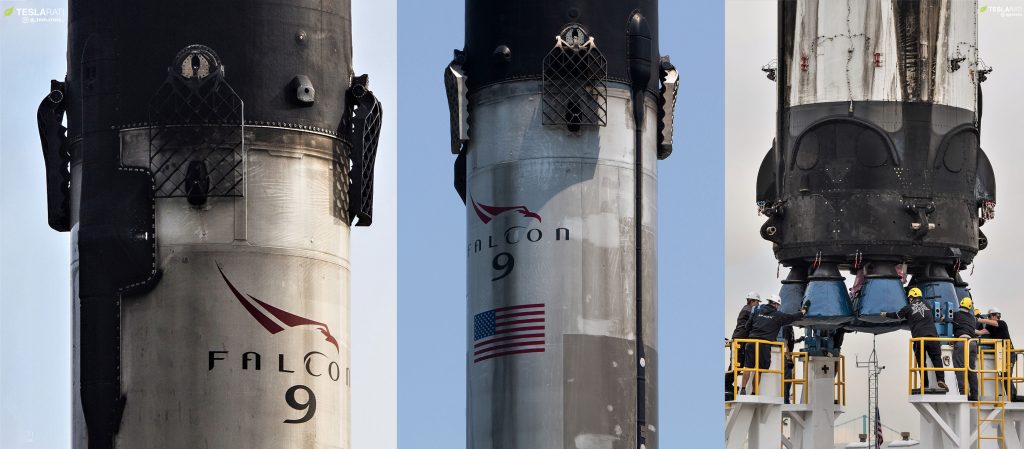
Put a different way, since the start of 2017, SpaceX has – on average – launched Falcon 9 more than four times (1.4 launches/month) as often as the rocket managed in its first 6.5 years of operations (1 launch every 2.7 months). Tweeting on January 29th, 2020 in response to an overview of the number of launches performed by each operational US rocket, CEO Elon Musk hinted that he believes “Falcon 9 will achieve triple digits” in 2020.
In other words, Musk thinks that SpaceX’s workhorse Falcon 9 rocket will be able to reach more than 100 lifetime launches by the end of 2020 — a feat that will require at least 20 additional Falcon 9 launches over the next 11 months. Speaking hours after SpaceX completed its third launch in January 2020 alone, it’s not hard to imagine – assuming, as Musk did, that “all goes well – that Falcon 9 will manage another 20 launches this year.

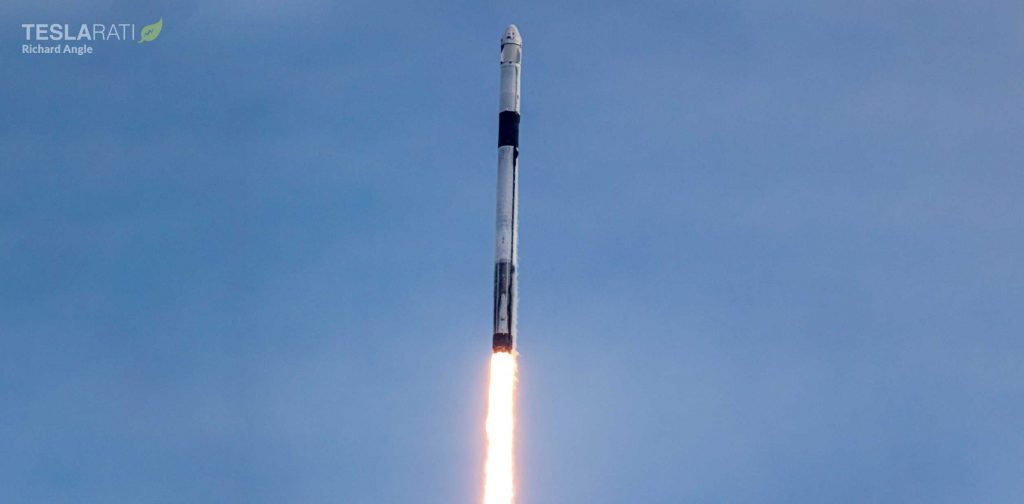
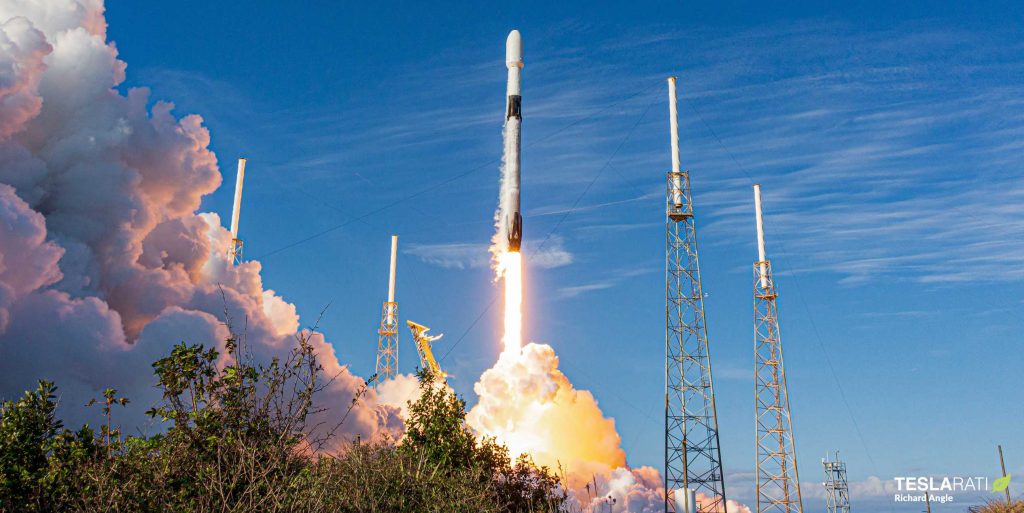
Averaged out, SpaceX has performed a launch every 9.7 days in January. Extrapolated to the rest of the year and assuming no improvement, SpaceX could theoretically perform as many as 37 launches in 2020. It’s worth noting, however, that SpaceX’s third launch of the month was ready for flight as early as January 21st but was delayed more than a week by bad weather – obviously out of the company’s control. Had weather permitted, SpaceX even had a fourth launch planned this month – a Starlink mission that is now expected sometime in early February.
In simple terms, it would take one or several major upsets to prevent Falcon 9 from reaching >100 lifetime launches later this year. Even if every single customer launch abruptly slips into 2021, SpaceX has still said that it has plans for 20-24 dedicated Starlink launches in 2020 alone, potentially singlehandedly carrying Falcon 9 over the 100-launch crest.
Falcon 9’s next launch – the fourth Starlink v1.0 mission – is currently scheduled no earlier than (NET) early February, followed by another Starlink mission later that month and Cargo Dragon’s final space station resupply mission NET March 2nd.
Check out Teslarati’s Marketplace! We offer Tesla accessories, including for the Tesla Cybertruck and Tesla Model 3.
Elon Musk
Tesla begins expanding Robotaxi access: here’s how you can ride
You can ride in a Tesla Robotaxi by heading to its website and filling out the interest form. The company is hand-picking some of those who have done this to gain access to the fleet.
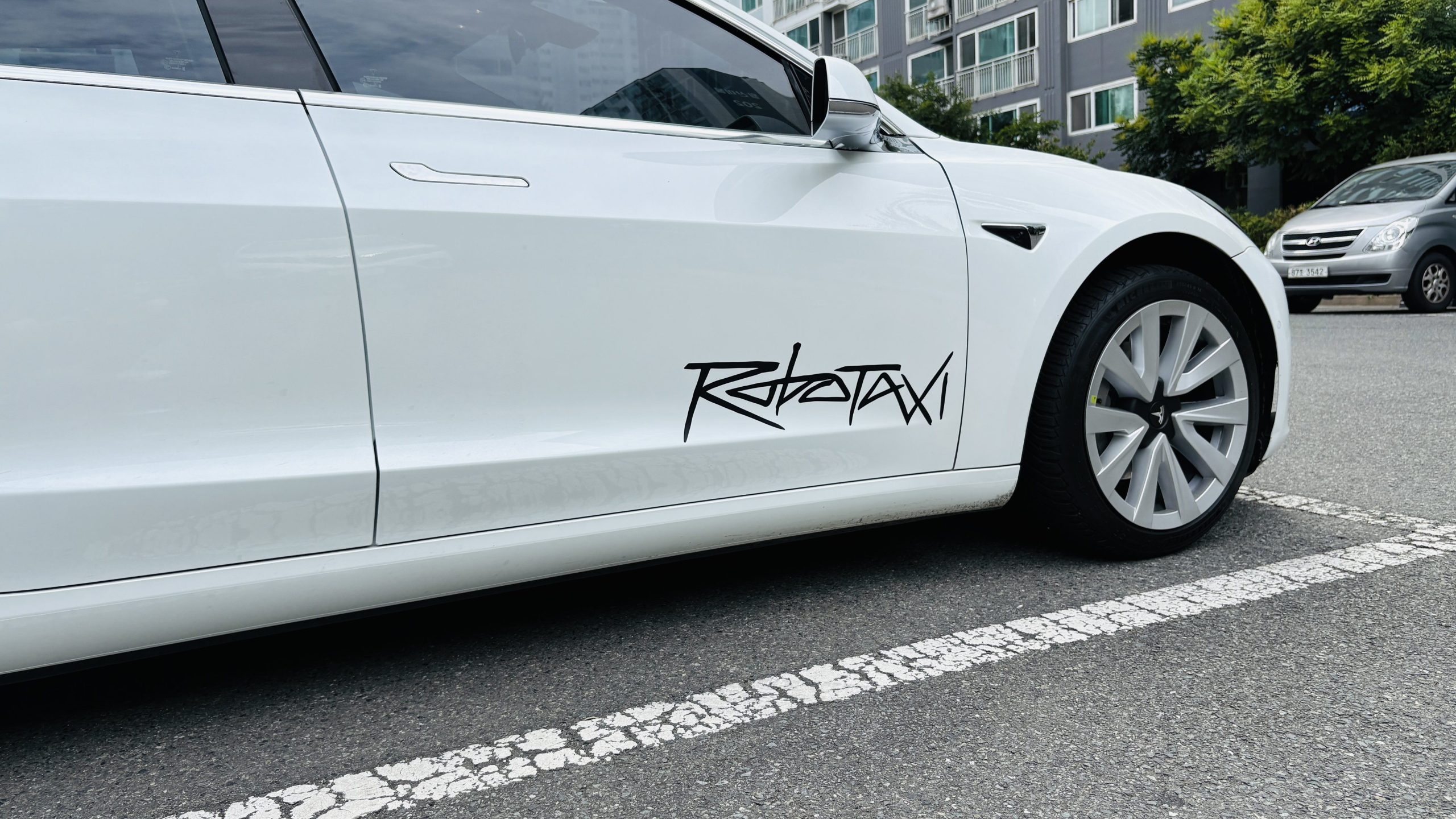
Tesla has begun expanding Robotaxi access beyond the initial small group it offered rides to in late June, as it launched the driverless platform in Austin, Texas.
The small group of people enjoying the Robotaxi ride-hailing service is now growing, as several Austin-area residents are receiving invitations to test out the platform for themselves.
The first rides took place on June 22, and despite a very small number of very manageable and expected hiccups, Tesla Robotaxi was widely successful with its launch.
Tesla Robotaxi riders tout ‘smooth’ experience in first reviews of driverless service launch
However, Tesla is expanding the availability of the ride-hailing service to those living in Austin and its surrounding areas, hoping to gather more data and provide access to those who will utilize it on a daily basis.
Many of the people Tesla initially invited, including us, are not local to the Austin area.
There are a handful of people who are, but Tesla was evidently looking for more stable data collection, as many of those early invitees headed back to where they live.
The first handful of invitations in the second round of the Robotaxi platform’s Early Access Program are heading out to Austin locals:
I just got a @robotaxi invite! Super excited to go try the service out! pic.twitter.com/n9mN35KKFU
— Ethan McKanna (@ethanmckanna) July 1, 2025
Tesla likely saw an influx of data during the first week, as many traveled far and wide to say they were among the first to test the Robotaxi platform.
Now that the first week and a half of testing is over, Tesla is expanding invites to others. Many of those who have been chosen to gain access to the Robotaxi app and the ride-hailing service state that they simply filled out the interest form on the Robotaxi page of Tesla’s website.
That’s the easiest way you will also gain access, so be sure to fill out that form if you have any interest in riding in Robotaxi.
Tesla will continue to utilize data accumulated from these rides to enable more progress, and eventually, it will lead to even more people being able to hail rides from the driverless platform.
With more success, Tesla will start to phase out some of the Safety Monitors and Supervisors it is using to ensure things run smoothly. CEO Elon Musk said Tesla could start increasing the number of Robotaxis to monitors within the next couple of months.
Elon Musk
Tesla analyst issues stern warning to investors: forget Trump-Musk feud
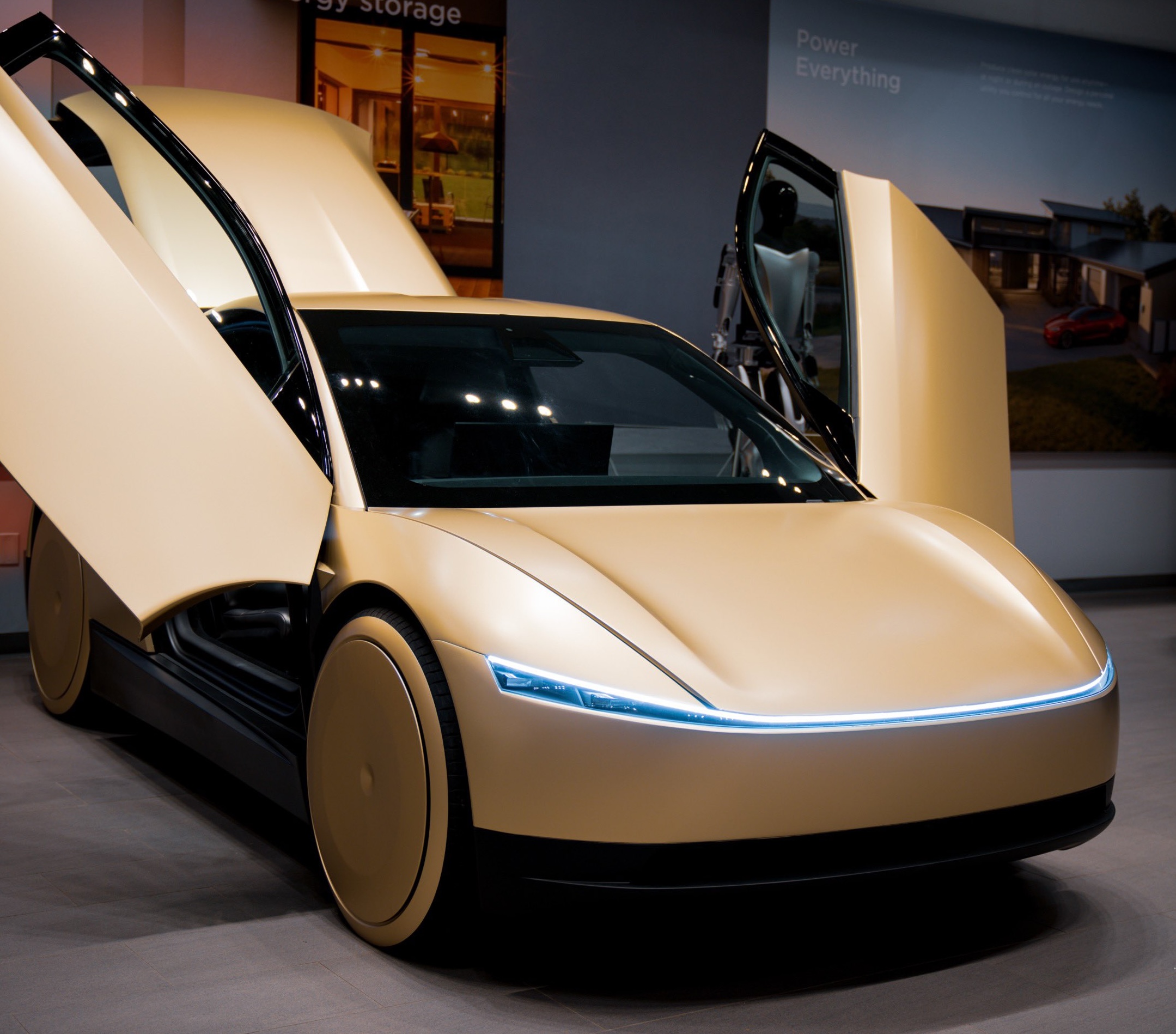
A Tesla analyst today said that investors should not lose sight of what is truly important in the grand scheme of being a shareholder, and that any near-term drama between CEO Elon Musk and U.S. President Donald Trump should not outshine the progress made by the company.
Gene Munster of Deepwater Management said that Tesla’s progress in autonomy is a much larger influence and a significantly bigger part of the company’s story than any disagreement between political policies.
Munster appeared on CNBC‘s “Closing Bell” yesterday to reiterate this point:
“One thing that is critical for Tesla investors to remember is that what’s going on with the business, with autonomy, the progress that they’re making, albeit early, is much bigger than any feud that is going to happen week-to-week between the President and Elon. So, I understand the reaction, but ultimately, I think that cooler heads will prevail. If they don’t, autonomy is still coming, one way or the other.”
BREAKING: GENE MUNSTER SAYS — $TSLA AUTONOMY IS “MUCH BIGGER” THAN ANY FEUD 👀
He says robotaxis are coming regardless ! pic.twitter.com/ytpPcwUTFy
— TheSonOfWalkley (@TheSonOfWalkley) July 2, 2025
This is a point that other analysts like Dan Ives of Wedbush and Cathie Wood of ARK Invest also made yesterday.
On two occasions over the past month, Musk and President Trump have gotten involved in a very public disagreement over the “Big Beautiful Bill,” which officially passed through the Senate yesterday and is making its way to the House of Representatives.
Musk is upset with the spending in the bill, while President Trump continues to reiterate that the Tesla CEO is only frustrated with the removal of an “EV mandate,” which does not exist federally, nor is it something Musk has expressed any frustration with.
In fact, Musk has pushed back against keeping federal subsidies for EVs, as long as gas and oil subsidies are also removed.
Nevertheless, Ives and Wood both said yesterday that they believe the political hardship between Musk and President Trump will pass because both realize the world is a better place with them on the same team.
Munster’s perspective is that, even though Musk’s feud with President Trump could apply near-term pressure to the stock, the company’s progress in autonomy is an indication that, in the long term, Tesla is set up to succeed.
Tesla launched its Robotaxi platform in Austin on June 22 and is expanding access to more members of the public. Austin residents are now reporting that they have been invited to join the program.
Elon Musk
Tesla surges following better-than-expected delivery report
Tesla saw some positive momentum during trading hours as it reported its deliveries for Q2.

Tesla (NASDAQ: TSLA) surged over four percent on Wednesday morning after the company reported better-than-expected deliveries. It was nearly right on consensus estimations, as Wall Street predicted the company would deliver 385,000 cars in Q2.
Tesla reported that it delivered 384,122 vehicles in Q2. Many, including those inside the Tesla community, were anticipating deliveries in the 340,000 to 360,000 range, while Wall Street seemed to get it just right.
Tesla delivers 384,000 vehicles in Q2 2025, deploys 9.6 GWh in energy storage
Despite Tesla meeting consensus estimations, there were real concerns about what the company would report for Q2.
There were reportedly brief pauses in production at Gigafactory Texas during the quarter and the ramp of the new Model Y configuration across the globe were expected to provide headwinds for the EV maker during the quarter.
At noon on the East Coast, Tesla shares were up about 4.5 percent.
It is expected that Tesla will likely equal the number of deliveries it completed in both of the past two years.
It has hovered at the 1.8 million mark since 2023, and it seems it is right on pace to match that once again. Early last year, Tesla said that annual growth would be “notably lower” than expected due to its development of a new vehicle platform, which will enable more affordable models to be offered to the public.
These cars are expected to be unveiled at some point this year, as Tesla said they were “on track” to be produced in the first half of the year. Tesla has yet to unveil these vehicle designs to the public.
Dan Ives of Wedbush said in a note to investors this morning that the company’s rebound in China in June reflects good things to come, especially given the Model Y and its ramp across the world.
He also said that Musk’s commitment to the company and return from politics played a major role in the company’s performance in Q2:
“If Musk continues to lead and remain in the driver’s seat, we believe Tesla is on a path to an accelerated growth path over the coming years with deliveries expected to ramp in the back-half of 2025 following the Model Y refresh cycle.”
Ives maintained his $500 price target and the ‘Outperform’ rating he held on the stock:
“Tesla’s future is in many ways the brightest it’s ever been in our view given autonomous, FSD, robotics, and many other technology innovations now on the horizon with 90% of the valuation being driven by autonomous and robotics over the coming years but Musk needs to focus on driving Tesla and not putting his political views first. We maintain our OUTPERFORM and $500 PT.”
Moving forward, investors will look to see some gradual growth over the next few quarters. At worst, Tesla should look to match 2023 and 2024 full-year delivery figures, which could be beaten if the automaker can offer those affordable models by the end of the year.
-

 Elon Musk2 days ago
Elon Musk2 days agoTesla investors will be shocked by Jim Cramer’s latest assessment
-

 News1 week ago
News1 week agoTesla Robotaxi’s biggest challenge seems to be this one thing
-

 Elon Musk2 weeks ago
Elon Musk2 weeks agoElon Musk slams Bloomberg’s shocking xAI cash burn claims
-

 News2 weeks ago
News2 weeks agoTexas lawmakers urge Tesla to delay Austin robotaxi launch to September
-

 Elon Musk1 week ago
Elon Musk1 week agoFirst Look at Tesla’s Robotaxi App: features, design, and more
-
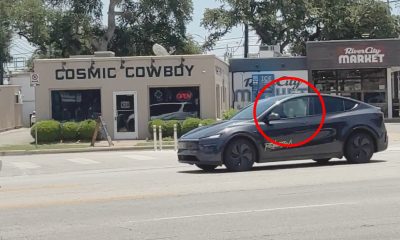
 Elon Musk2 weeks ago
Elon Musk2 weeks agoTesla Robotaxis are becoming a common sight on Austin’s public roads
-

 Elon Musk2 weeks ago
Elon Musk2 weeks agoSpaceX President meets India Minister after Starlink approval
-

 Elon Musk2 weeks ago
Elon Musk2 weeks agoxAI’s Grok 3 partners with Oracle Cloud for corporate AI innovation


